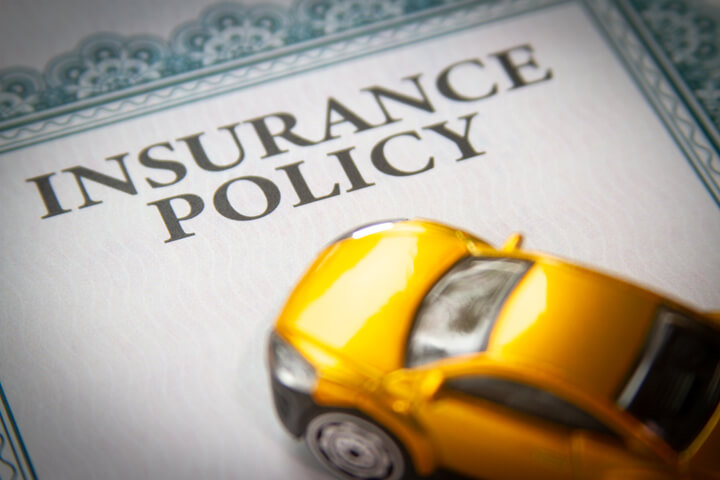Car insurance is a crucial aspect of responsible vehicle ownership, providing financial protection in the event of accidents or unforeseen circumstances. One common question among drivers is, “At what age do car insurance premiums go down?” Understanding the factors influencing insurance rates and the age-related dynamics can help drivers make informed decisions about their coverage and costs.
The Influence of Age on Car Insurance Premiums: Car insurance premiums are often affected by age, and they typically follow a predictable pattern. Younger drivers, especially those in their teens and early twenties, often face higher insurance rates. This is due to the statistical evidence that younger, less experienced drivers are more prone to accidents.
Teenage Drivers: The Peak of High Premiums: Insurance premiums are usually at their highest for teenage drivers. Lack of experience, riskier behavior, and a higher likelihood of accidents contribute to these elevated rates. Parents often see a spike in their insurance costs when adding a teenager to their policy.
Twenties: Gradual Reduction in Premiums: As drivers move through their twenties, insurance premiums tend to decrease gradually. This reduction is linked to the accumulation of driving experience and the assumption that individuals in this age group are generally more responsible behind the wheel.
The Age of 25: A Significant Turning Point: Age 25 is often considered a significant milestone in the insurance industry. Many insurance providers start offering lower rates to drivers at this age. This is not only because drivers have gained more experience but also due to the assumption that they are more mature and responsible.
Factors Beyond Age: While age is a significant factor, several other elements influence car insurance premiums. These include driving history, location, type of vehicle, and even credit score. Safe driving habits and a clean record can contribute to further reductions in premiums.
30s and 40s: Prime Years for Lower Premiums: Drivers in their thirties and forties typically enjoy some of the lowest insurance premiums. By this age, many individuals have established a solid driving record, and the statistical likelihood of accidents decreases.
50s and Beyond: Stability and Potential Discounts: As drivers enter their fifties and beyond, insurance premiums generally remain stable. Some insurance providers may even offer additional discounts for drivers in this age group, recognizing their experience and the lower risk they pose.
Retirement and Usage-Based Insurance: In retirement, some individuals may find that their driving habits change, resulting in fewer miles driven annually. This change in behavior can lead to additional savings, especially if the insurance provider offers usage-based insurance programs.
Shopping Around for the Best Rates: Regardless of age, it’s crucial for drivers to regularly shop around for the best insurance rates. Different insurance providers may weigh factors differently, leading to variations in premiums. Comparing quotes allows individuals to find the most cost-effective coverage for their specific situation.
Conclusion: Making Informed Choices: While age is a significant factor in determining car insurance premiums, it is not the only one. Safe driving practices, maintaining a clean record, and regularly reviewing insurance options can contribute to lower rates at any age. Understanding the dynamics of insurance pricing allows drivers to make informed choices that align with their needs and budget.
As drivers progress through different stages of life, car insurance premiums undergo changes influenced by age and various other factors. While there is a general trend of premiums decreasing with age, it’s essential for individuals to be proactive in maintaining good driving habits and exploring their options. By staying informed and regularly reviewing their coverage, drivers can ensure they are getting the best value for their insurance premiums at every stage of life.



